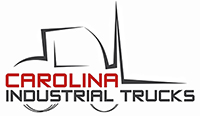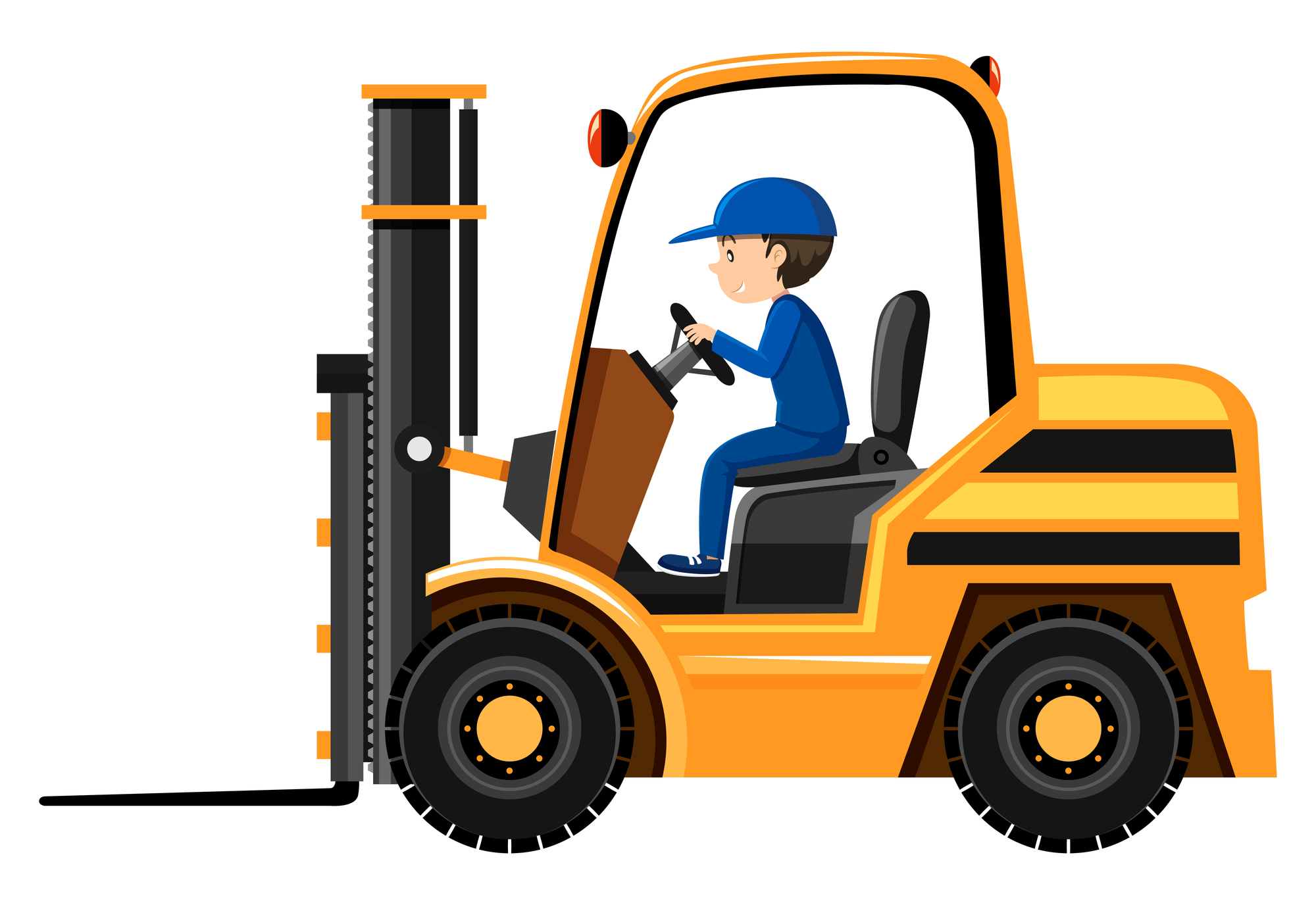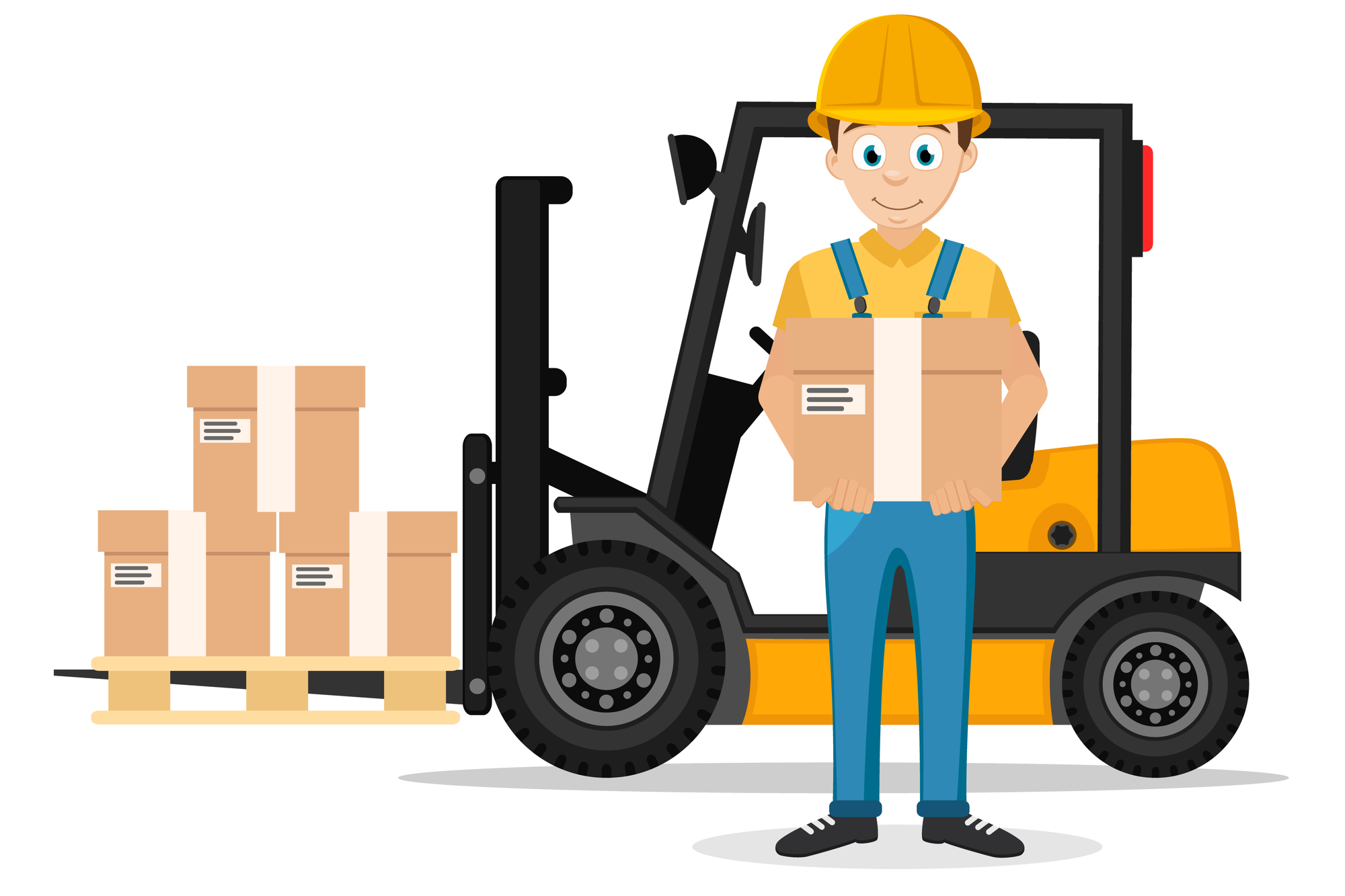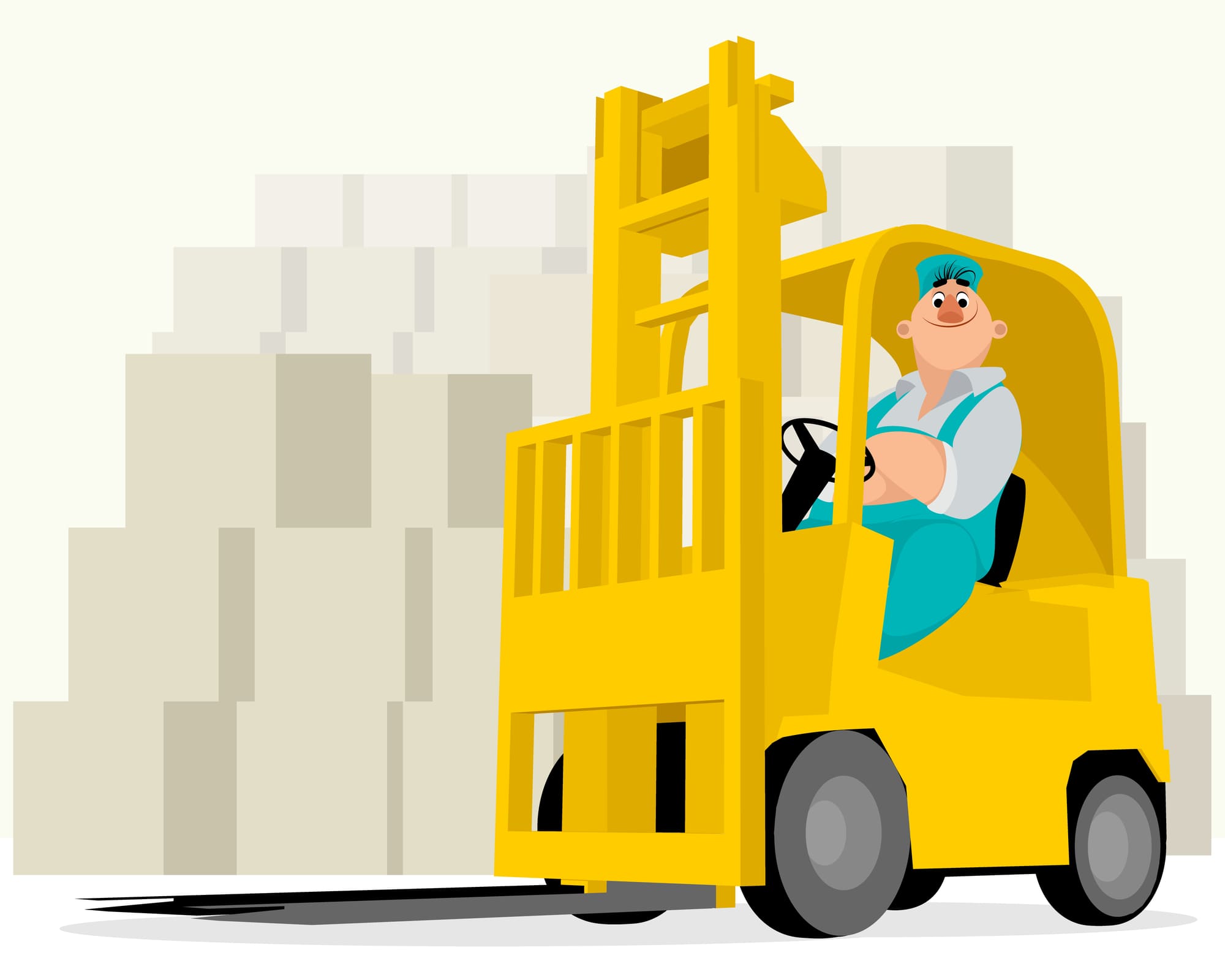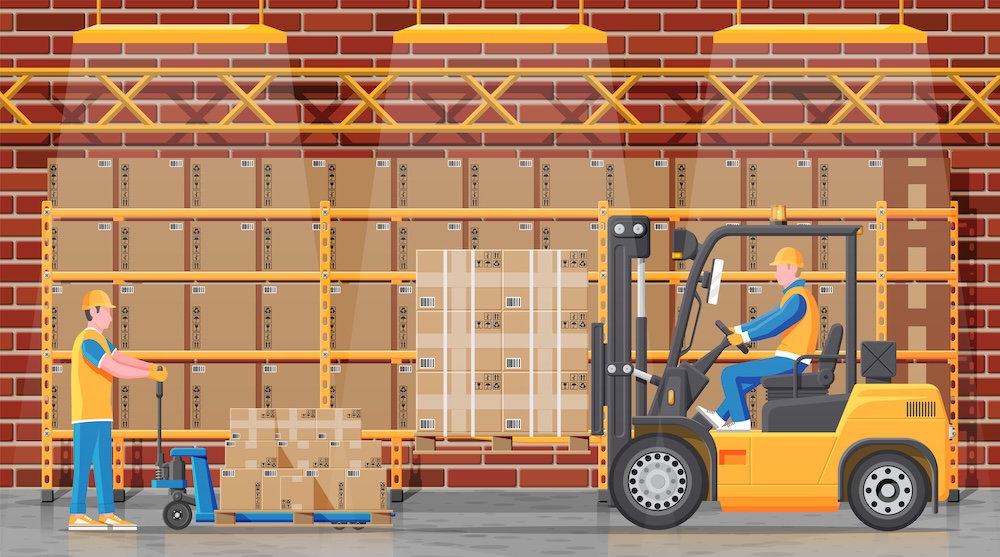Safety 101: How to Notify Workers When an Emergency Occurs
01/17/2019
CITrucks
Everything is going smoothly on the production floor, and then suddenly there's a hazardous spill.
What happens next?
Hopefully, you have emergency procedures in place to handle spills, fires, and other sudden issues. However, what many businesses forget is that you need a communication plan too. It's safety 101!
Employees shouting at each other is going to cause even more panic and possibly miscommunication. It's also important to notify shift supervisors and other managers. Of course, if it's a major issue requiring evacuation, everyone needs to be notified.
How do you communicate during an emergency? Here are some tips.
Consider the Emergencies That Can Occur
The first step in emergency readiness is to know what problems you might face. This will vary from business to business.
Some common issues in industrial workplaces include:
- Hazardous materials spilled
Falling shelving or products
Overturned forklifts or other vehicles
A backed-up assembly line
Fire, tornado, or other weather threat
Injured worker
Travel areas blocked by a spill or accident
Within each of the hazards, you'll want to consider a variety of possibilities. For instance, you need to react very differently if a worker is injured by a moving piece of equipment vs. if they are hurt in a fall.
Of course, taking steps to prevent these accidents - such as enforcing forklift maintenance standards - can also be part of your plan.
First Step: Notify Someone Who Can Stop the Damage
You may be tempted to focus on a site-wide emergency warning as a first step, but don't forget that it's essential to stop more damage from occurring first.
Consider creating a "code red" type of word or phrase that can be said quickly to equipment operators or line workers. When they hear the word, they can take action to stop immediately or shut off moving equipment.
The difference between life and death can be mere seconds, so make sure everyone is well-trained on your safety plan and they know where emergency shut-off levers are.
Notify First Responders for Injuries
Every warehouse or factory needs to have trained first-responders in-house as well as calling traditional ambulance or fire crews when something happens.
If someone has been injured, the first responders need to know right away. You can choose to have a pager system or an overhead loudspeaker or PA to announce pre-determined phrases.
The key is to alert first responders that something has happened and let them know where to go, without interrupting other work unnecessarily. Your in-house responders can assess the situation and call outside emergency crews as needed.
Keep Others Away from the Accident Area
As soon as something serious happens, we all get curious and want to see what it was. Unfortunately, having too many of your staff going to an accident site causes more problems.
First of all, the additional people block your first-responders or other emergency personnel from getting to the accident area. Secondly, in an attempt to help, onlookers may cause additional injuries or make things worse.
Of course, leaving their workstation behind also opens more areas of your workplace to accidents, injuries, and malfunctions. An important part of emergency preparedness is to train your non-involved workers to stay in their work areas, if it is safe to do so, and not congregate near the accident.
Notifying Workers of an Emergency That Affects Everyone
Unfortunately, not all emergencies are localized and quickly handled. There are a variety of hazards that affect everyone in the warehouse or factory floor.
Use existing safety equipment to let everyone know what's going on and what they need to do. For instance, a fire alarm will alert everyone to evacuate in case of fire. A separate tornado alarm can let workers know to take cover.
These large-scale emergency procedures need to be practiced regularly so that everyone will know what to do. Over time, it's easy to forget exactly which exit your area of the warehouse uses in a fire, for instance.
In many workplaces, it's also important to have an evacuation plan for a hazardous spill. In a case like that, you not only need to notify everyone to exit, you also have to keep them away from the spill itself. Consider emergency LED flares or other type of lighting to identify the area and keep others away.
Using Pre-Defined Phrases
One of the most important aspects of keeping everyone safe in an emergency is minimizing misunderstandings. Someone might hear a call and think they're in danger when they are not, or vice versa.
This can cause an incorrect worker response, which can cause injuries or even loss of life.
Instead, use pre-defined short phrases that make it easy for everyone to know exactly what happened and what to do next. For instance, you can have different "Code X" colors so workers know immediately if they are at risk.
Green, Yellow, and Red are familiar to most people because of traffic lights and other common usages. You might choose another color if needed.
For instance:
Red: Exit building immediately
Yellow: Exit building but don't run - drive forklifts out
Blue: Localized accident, no one else in danger
Green: All clear, return to normal work
You might follow your "Code X" announcement with a short instruction to workers on what to do. For instance, "Code Blue, fall in Aisle A7, first responders report to A7."
That way, folk have their curiosity satisfied and know exactly what they need to do.
Safety 101: Make Communication Part of Your Emergency Plan
Knowing what to do in an emergency is vital but knowing how to communicate quickly and clearly is also essential. These safety 101 communication tips can help you keep everyone safe if a crisis occurs.
Well-trained employees can help prevent a lot of accidents and other problems from occurring. If you need to set up forklift operator training, we're here to help. Check out our training options today!
